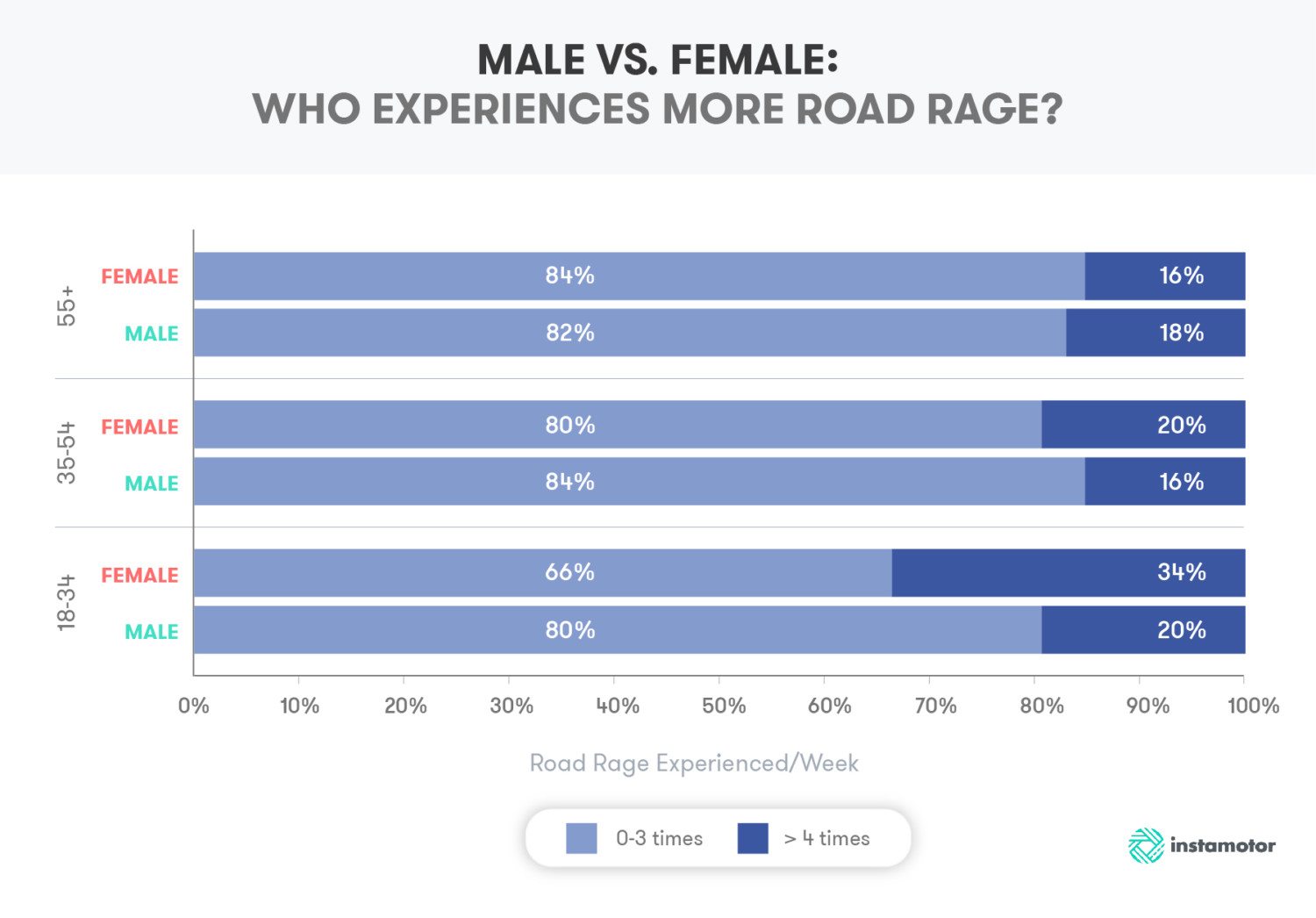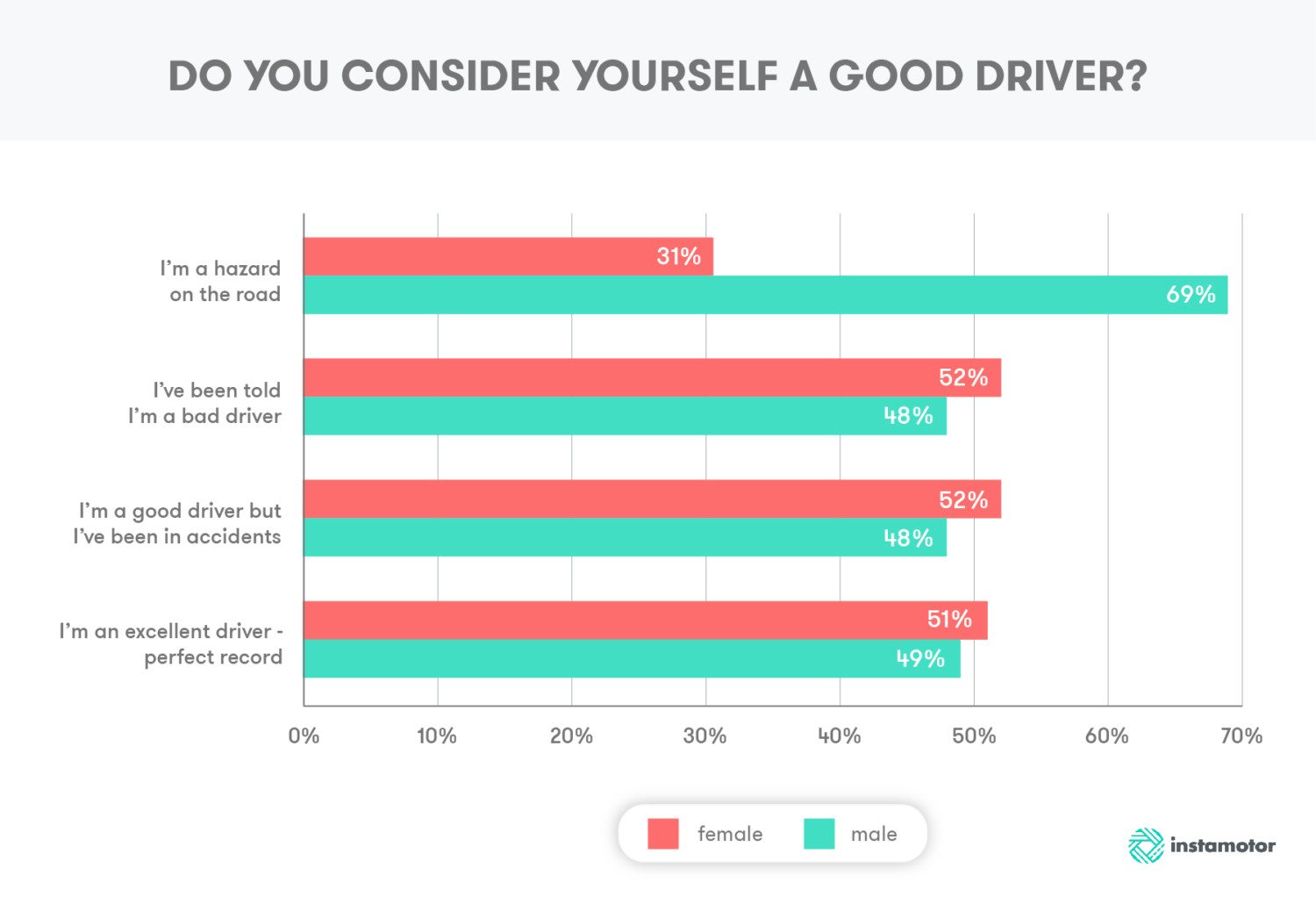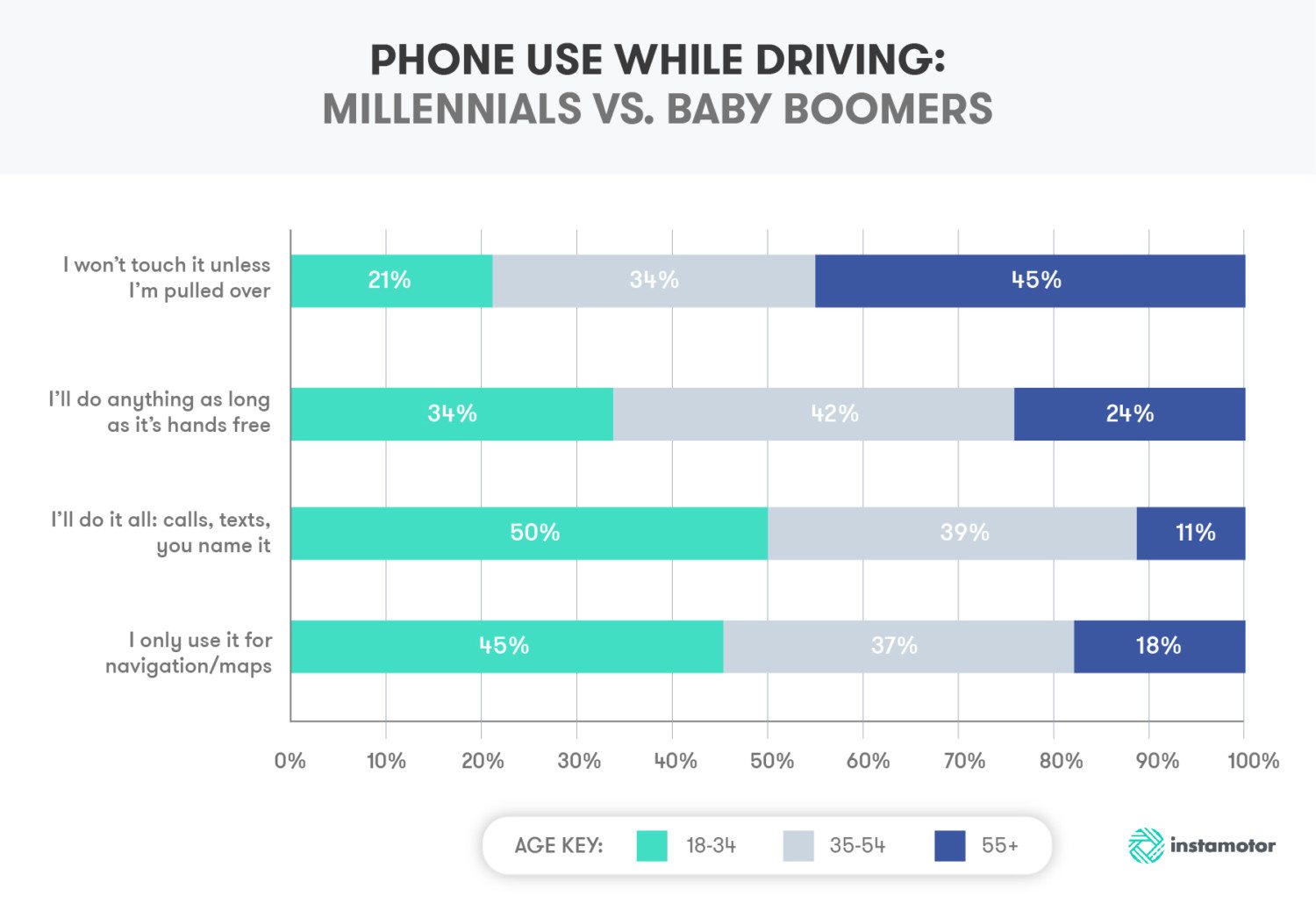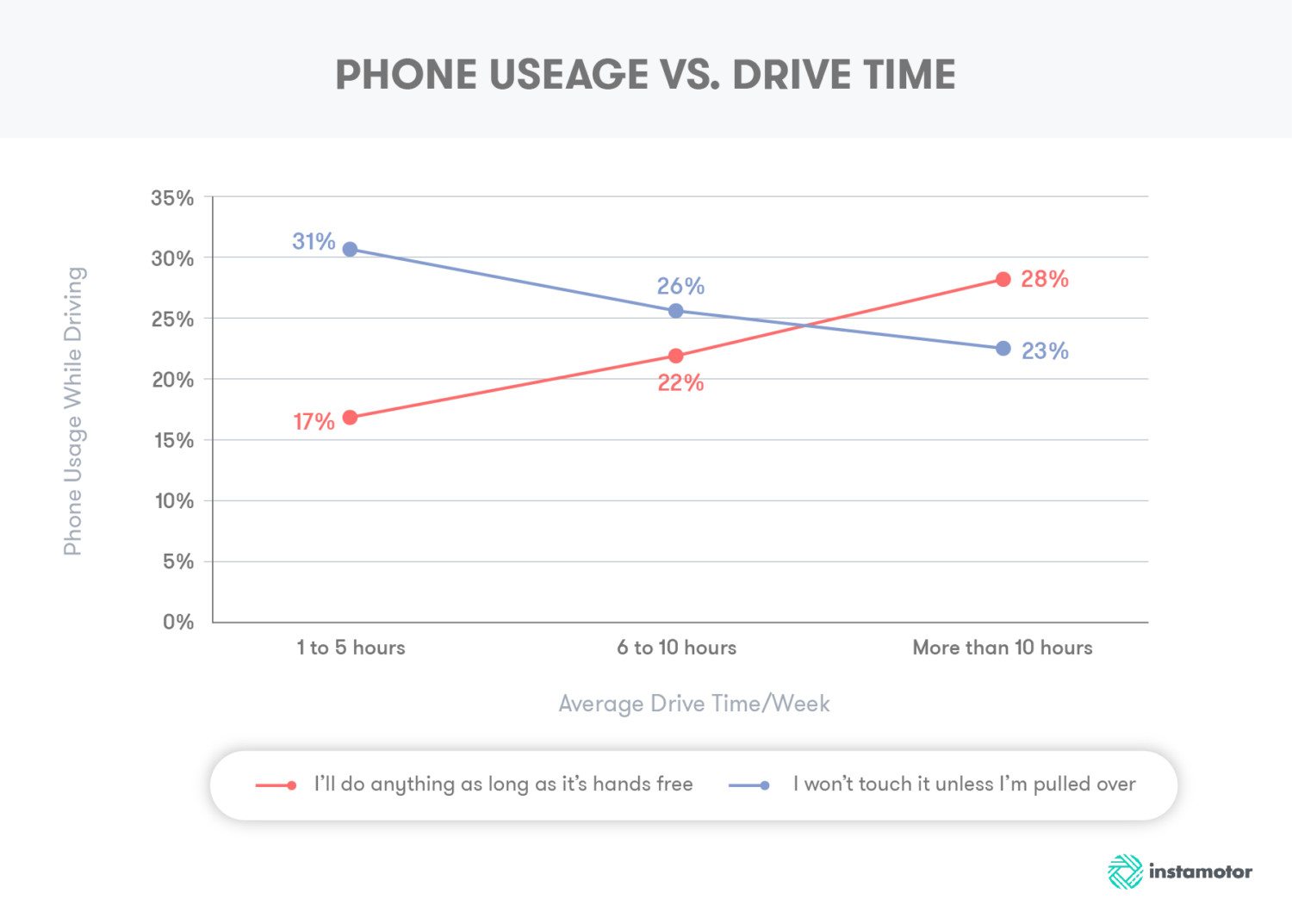Survey shows women experience road rage more than men
Every driver has felt that flicker of annoyance after being cut off on the road, or having someone turn in front of them either in slow motion or without a turn signal (or both at once). Some of us can ignore it but, for others, it creates a silent (or maybe not-so-silent) rage. It is this frustration, according to the National Highway Traffic Safety Administration (NHTSA), that leads to a whopping 66 percent of traffic fatalities.
A recent survey by Instamotor explores the specifics of what causes all of this road rage in the first place. When it comes to four-way stops, for instance, 39 percent of those surveyed say it is vehicles not using their turn signals that annoys them the most. Of those, 43 percent were between the ages of 18 and 34. When it comes to highway driving, 27 percent said other drivers driving too slowly in the left lane bothered them the most.
It’s probably no surprise that the NHTSA says half of the drivers on the receiving end of road rage report responding with their own aggressive behavior. We get it. It’s incredibly hard to resist laying on your horn or slightly raising that finger in the middle of your hand. You might be surprised, however, to find out just who has the highest incidents of road rage.
Testosterone, step aside. The survey found it’s actually women between the ages of 18-34 that experience feelings of road rage more than any other sex or age. Although men are more likely to consider themselves a danger on the road, of those who say they experience irritation or road rage more than four times a week, 34 percent were 18-34 years old and female.
The survey went on to find that for both males and females, the amount of time spent on the road is correlated to the frequency of those road rage feels. Those who drive more than 10 hours per week on average are four to six times more likely to experience road rage six or more times in the same week.
This should come as no surprise, as anyone whose spends a lot of time in a car knows that the longer you’re driving, the more irritable you become. It’s also more likely you’ll encounter other drivers that make you angry if you’re on the road a lot.
Another interesting finding from the survey is that 56 percent of people who said they experience the most road rage are also more likely to consider themselves a hazard while on the road. On the flip side, only 1 percent of people who say they rarely experience anger while driving consider themselves excellent drivers and say they have a perfect record. Four percent say they are a good driver, but have been in accidents, while 19 percent say they’ve been told by others that they’re a bad driver.
When it comes to drivers not asked about road rage, but asked if they think they’re a good driver, 69 percent who said they were a hazard were male, while only 31 percent were female. Considering the stereotype that women are bad drivers, this one might come as a bit of a shock!
You probably won’t be shocked, however, by the next finding. According to the survey, millennials are more likely to use their phones while driving than any other age group. Those aged 55 years and older are more likely to use their phone only if they are completely pulled over. Even scarier than millennials using their phone? As many as 50 percent admit to heavy cell phone usage while on the road.
In 2015 alone, more than 3,000 people were killed in distracted driving accidents. In fact, each day, approximately nine people are killed and more than 1,000 injured in crashes reported to involve a distracted driver.
Going back to that long drive time portion of the survey, increased time on the road leads to more than just rage. It also correlates with the likelihood of someone using their cell phone. The more hours one drives per week, the more likely they are to use their phone behind the wheel. Drivers who say they don’t touch their phone or only use it for navigation, however, are less likely to use it the more hours they spend on the road.
Instamotors’ hope is that this information will help us better understand our fellow drivers and, in turn, help us avoid road rage and cell phone usage, leading to safer roads.













